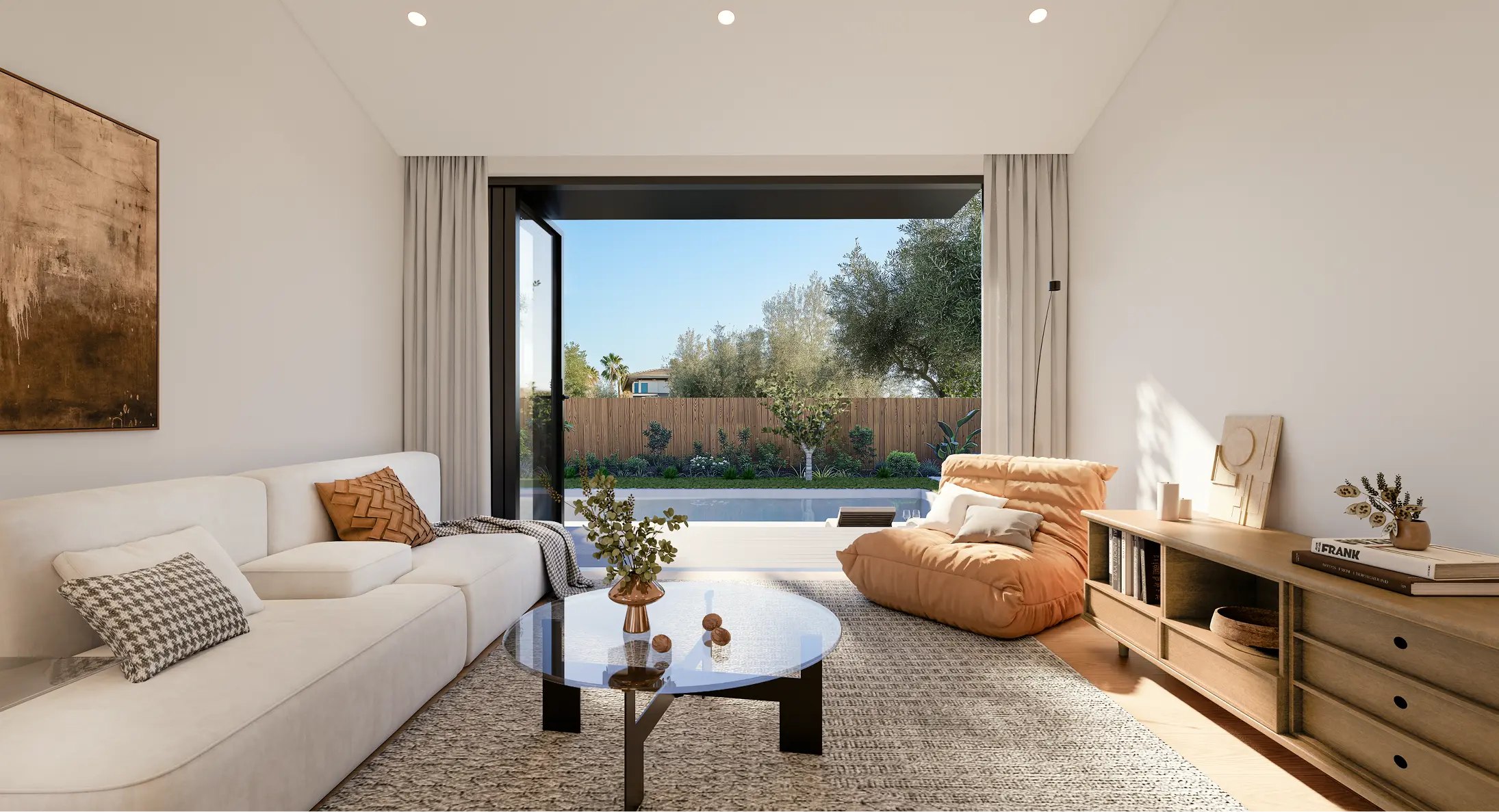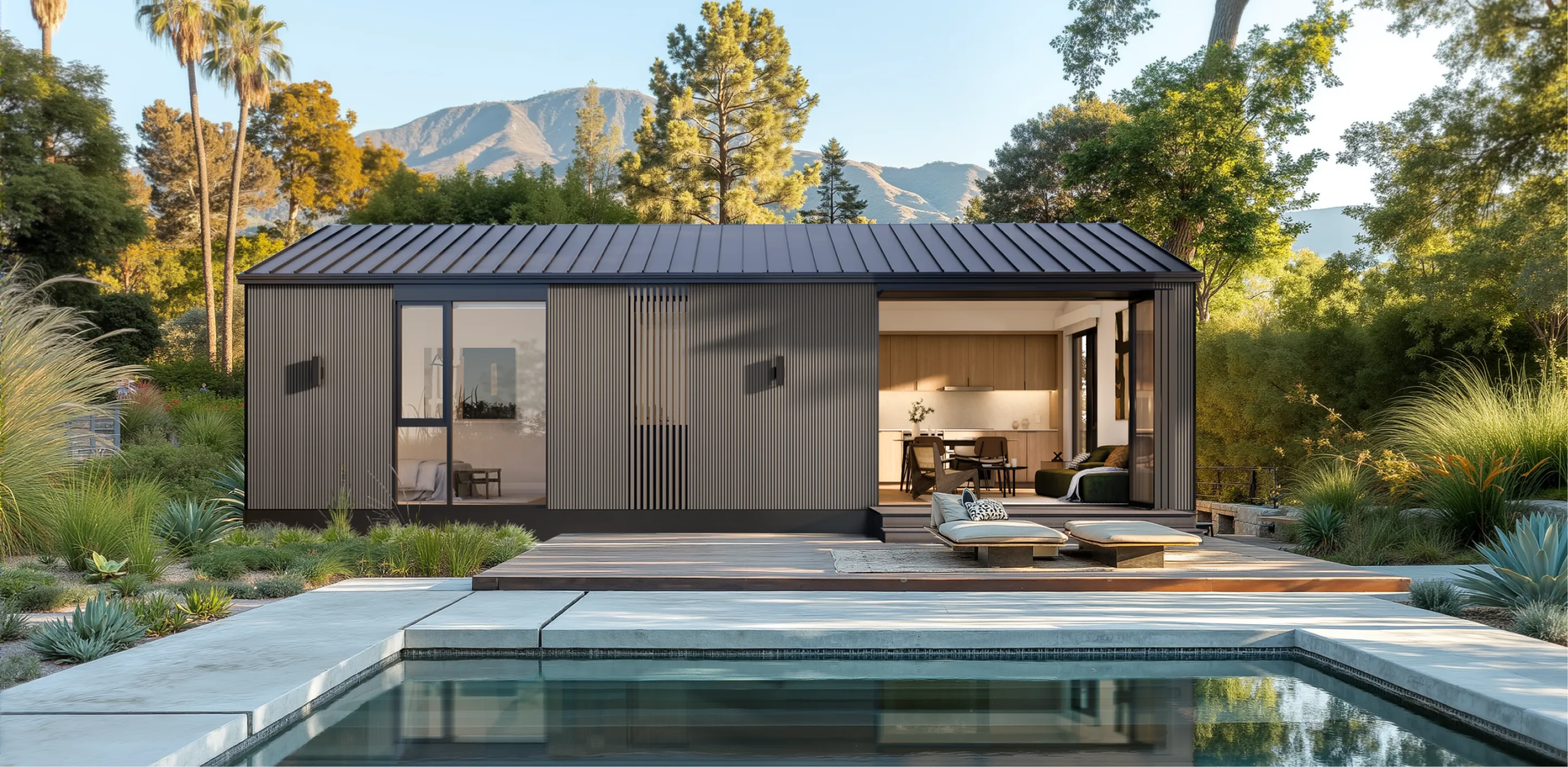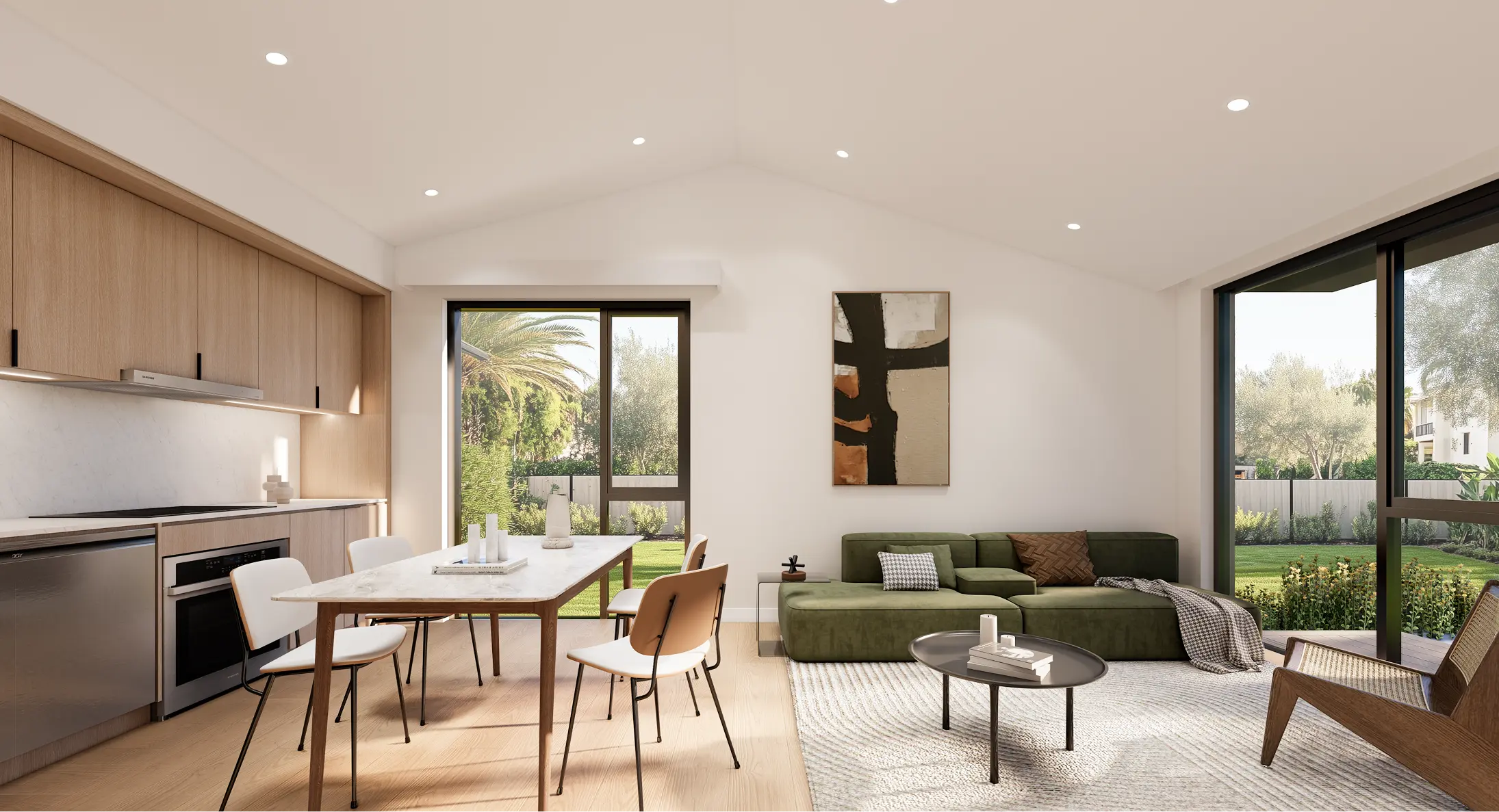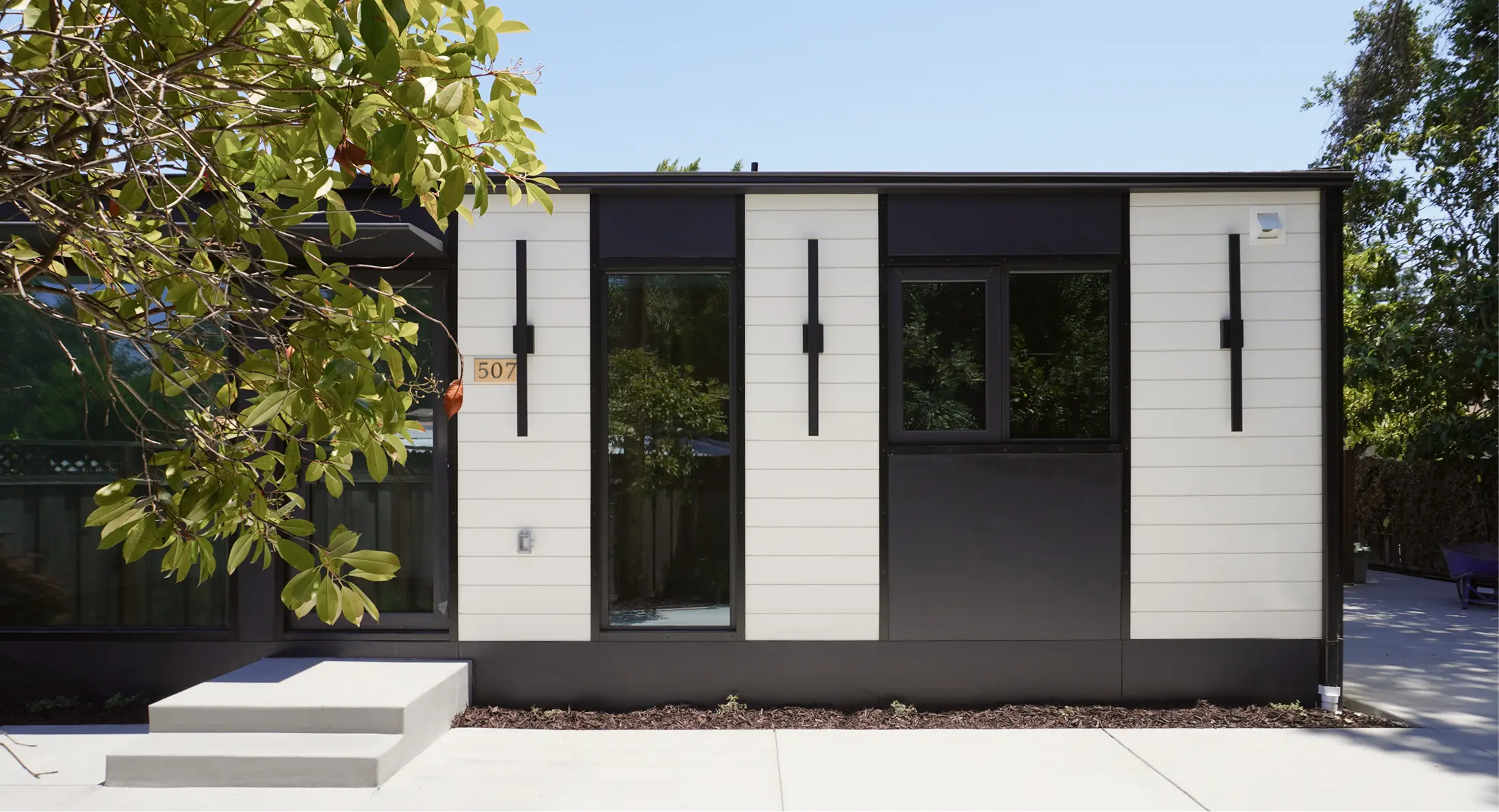
What LA Homeowners Learned From Their 2025 ADU Projects — And What You Should Know Before Building in 2026

Why Prefabrication Is the Future of Construction (And Why We’re Excited About It)
A Builder’s Perspective
At LiveLarge, our team has lived on both sides of the construction world.
That background matters because when we look at prefabricated construction, we don’t just see a trendy buzzword.
We see a fundamentally different, and better way to build.
Prefabrication isn’t about replacing traditional construction or treating contractors like the enemy.
It’s about removing the barriers that slow projects down, drain creativity, and exhaust homeowners.
It’s about making building easier — for homeowners, for designers, and for builders.
And that’s why we’re excited about prefab.
The Barriers of Traditional Construction
Traditional stick-built construction has been the norm for centuries. It works, but it comes with baked-in challenges:
And all of this adds up to a final product, that isn’t quite like you envisioned. Or at least not with the predicted timeline and budget.
The result? Projects that take years, budgets that balloon, and homes that end up as “B-minus” versions of the original vision.
If you’ve ever built traditionally, you know the feeling: by the time you compromise enough times on details…
You’re left with something that doesn’t quite match your dream.
How Prefab Removes Those Barriers
Prefab flips the script by moving the hardest parts of construction off-site, into a controlled environment.
Instead of juggling dozens of subcontractors and supply chains on a live site, we build components in a factory setting where conditions are stable and timelines predictable.
Think of it like Lego blocks. The pieces are precision-made to fit together seamlessly. When the basics are solved, you can spend your energy building something remarkable.
Ease = Better for Everyone
At its core, prefab is about ease — and ease benefits everyone in the process.
For Homeowners
For Designers and Architects
For Builders and Contractors
The outcome? Better homes, built faster, with fewer headaches.
A product that looks much closer to what you imagined.
Why We’re Excited About Prefab (Today and Tomorrow)
We believe we’re still in the early chapters of prefab. Call it chapter two. But even at this stage, the potential is obvious.
LiveLarge sits at the intersection of these global innovations:
This isn’t prefab as cheap, flimsy housing. This is prefab as the next evolution of quality construction.
Traditional Construction Isn’t the Enemy
We’ll say it again: we don’t see traditional construction as “bad” or “the enemy.”
There will always be projects where a fully custom, stick-built home is the right choice. Traditional construction allows for limitless customization, and for some homeowners, that’s worth the time and cost.
But for most California homeowners — especially those rebuilding after fires, adding an ADU, or upgrading their property — prefab delivers:
The Future of Building Is Easier
When construction becomes easier, it becomes faster. And when it becomes faster, it becomes more tangible.
Homeowners no longer have to imagine living through years of delays and compromises. They can walk into a finished prefab home in months.
Designers no longer have to dream about details that won’t make it to the final build. They can design boldly, knowing the system can deliver.
Builders no longer have to burn energy solving the same on-site headaches. They can focus on creating something beautiful.
That’s why prefab is the future. It doesn’t just change how homes are built — it changes what’s possible.
Welcome to Chapter Two
We’re still early in the story of prefabrication, but it’s already rewriting the rules of construction.
At LiveLarge, we’re proud to be part of that story. We come from backgrounds in architecture, traditional building, and large-scale manufacturing. We’ve seen what doesn’t work, and we’re building what’s next.
Prefab is easier, smarter, and more creative. And it’s only getting better.
Want to see the future of construction?
Visit one of our showrooms in San Marino (Los Angeles) or San Jose (Bay Area) and experience prefab for yourself.
Discover More

What LA Homeowners Learned From Their 2025 ADU Projects — And What You Should Know Before Building in 2026

Cost Per Square Foot in California: Why Homeowners Shouldn’t Trust This Number Alone

Why Bay Area and LA Homeowners Are Building ADUs Now — and Winning Big
About Us
